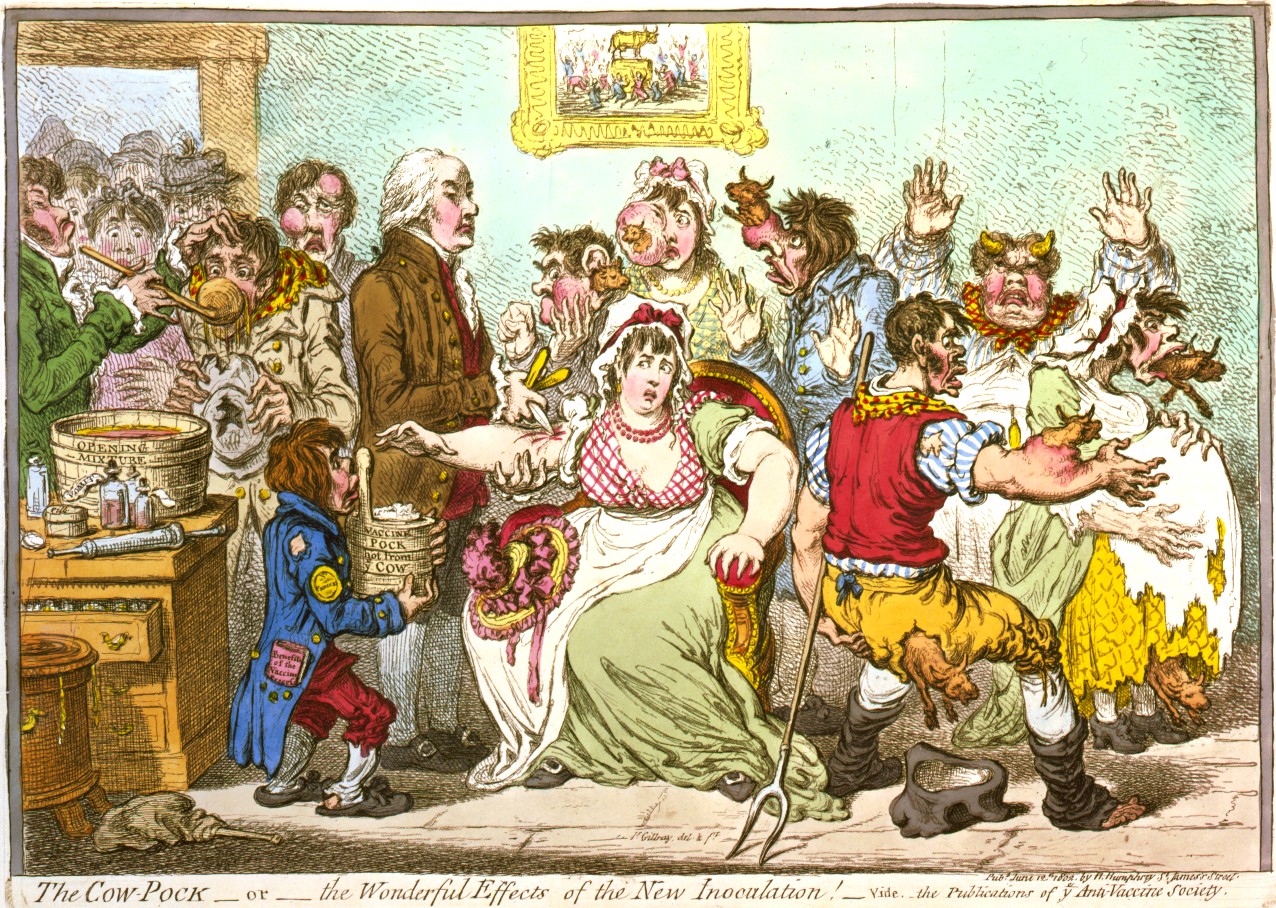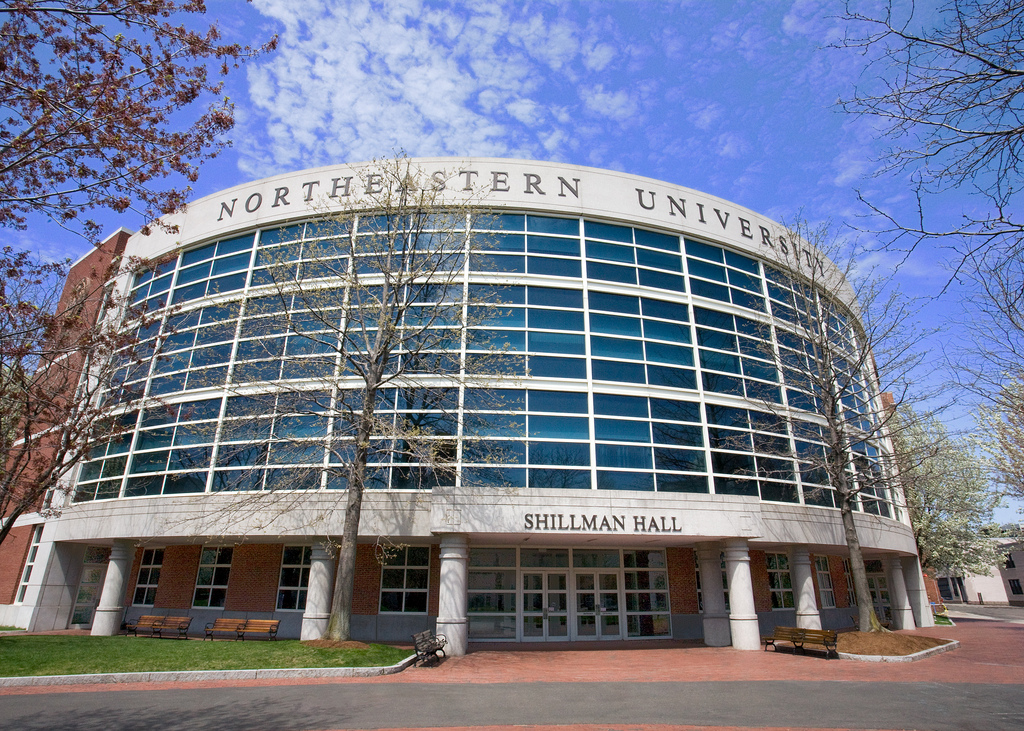In my previous column, I touched upon the fraught history of the international counter-trafficking regime, including the rhetoric of white slavery, the Mann Act, and the Alien Act. This installment will focus on international legislative actions on human trafficking and the continued impact of moral panics and crusades on trafficking rhetoric. Before I begin, I don’t want to seem as if I’m undervaluing the very real threat of trafficking faced by many people. Having grown up in Pakistan and the United Arab Emirates, I know intimately how easy it is for individuals to be lured into exploitative circumstances for labor or sex. But sensationalism does not serve any cause well, and even the best-intentioned among us can be misled by exaggeration and misinformation. I’m still in the process of unlearning much of what I have been socialized into accepting; I hope to pay that process forward.
While the League of Nations is largely considered a failure as an institution in mainstream international relations thought (and certainly, it did disappoint in many arenas), it was also a trailblazer in disease control, (social) epidemiology, labor rights, and—for better or for worse—many other social arenas. The League of Nations also coincided nicely with the emergence of social interest groups, civil society, and the first wave of feminism. Within this context, it makes sense that an Advisory Committee on Traffic in Women and Children (CTW) would be instituted and populated by burgeoning feminists: specifically, feminist abolitionists.[1]
Abolitionism in the context of human trafficking and sex work refers to the bloc that sees sex work as necessarily exploitative of people and, as such, seeks the prohibition of sex work in all its forms. The foil to this camp is the sex work-as-labor or regulationist camp. Increasingly, the regulationist camp has been lobbying hard to preserve the rights of sex workers and make a distinction between sex work and sex trafficking. Regardless, much of the early discourse on traffic and sex work was dominated by the abolitionist camp, which “sought emancipation for women through freedom from male sexual double standards.”[2] Abolitionism was avowedly a feminist ideal, but one that nonetheless upheld the tradition of controlling women’s bodies and actions along commonly held beliefs of purity, what Doezema and other commentators have called the madonna- or virgin/whore dichotomy.[3] The CTW did indicate a move away from the rhetoric of white slavery and toward traffic, as the name of the committee itself implies, though scholars like Kozma posit that “[t]he CTW like the League [of Nations] as a whole, was mostly reproducing colonial and racial power relations.”[4]
The 1933 International Convention for the Suppression of the Traffic in Women adopted the abolitionist agenda almost entirely, casting the question of consent and autonomy aside in any situation where a “third party” was privy. As archaic as this may seem, large states like Brazil uphold this definition of trafficking even today.[5][6][7] This act of lumping multiple offenses with trafficking—most notably, human smuggling and (“modern-day”) slavery—goes against the legal concept of fair labelling, and muddies paradigms of prosecution and victim-centricity. The concept of fair labelling and its relation to human trafficking will be discussed in the next installment of this column.
The 1949 Trafficking Convention was the first to be established under the auspices of the then-newly minted United Nations—and, as Gallagher points out, was the only instrument of the international counter-trafficking regime for about fifty years, until the current reign of the Palermo Protocols (2000).[8][9] Notably, the 1949 Convention focused specifically on sex trafficking and, although championed by abolitionists, did not mandate states to punish sex work; only to exert social and economic pressure to guide potential sex workers away from potential exploitation within the illegitimate sex industry.[10] It also moved away from specifically gendered language; and while it did not address labor trafficking in any form, the acceptance that men are also vulnerable to sexual exploitation is notably progressive.
The advent of the Palermo Protocol after half a century of ebbs and flows in the counter-trafficking regime—and in the social and moral psyche of the cause’s champions—was monumental in its significance. It is also significant that the body within which the Palermo Protocol was debated and instituted was none other than the United Nations Office on Drugs and Crime (UNODC). As Janie Chuang argues, this puts the contemporary counter-trafficking regime first and foremost under the jurisdiction of criminal law rather than international human rights law.[11] And while the Palermo Protocol is certainly the most inclusive trafficking legislation to date, encompassing labor exploitation in addition to sexual exploitation, as well as traffic among all genders, its spirit was that of migration-management and border law enforcement. As such, scholars and human rights activists have been disappointed by the lack of victim-centricity in the Protocol’s provisions and prosecution mechanisms.[12][13] As Doezema points out, much of the language in the Palermo Protocol was taken from previous Conventions beholden to the supposedly dead rhetoric of white slavery and the still very much alive and kicking abolitionist movement. Not just that, but the abolitionist camp—branded as the Coalition Against Trafficking in Women (CATW)—was dominating negotiations behind the scenes against the regulationist camp, the Human Rights Caucus, more popularly known as the Global Alliance Against Traffic in Women. Just the names of both camps clues the reader into how gendered the conversation on traffic remains to this day, and how deeply the idea of moral and sexual purity is ingrained in our collective moral conscience.
The Directive 2011/36/EU (on preventing and combating trafficking in human beings and protecting its victims) similarly offers hollow hope for true justice. While the Directive emphasizes the importance of providing free legal assistance to victims of human trafficking and prohibits punishing victims for crimes committed under the duress of trafficking, it only mandates compensation to victims of trafficking within the existing restitution mechanisms of the member state in question. This begs the question: What if the state doesn’t have an existing restitution mechanism?[14] How does this lend itself to treatment of victims? And what discrepancies are there in the compensation of victims of the various trafficking situations that can exist? For example, a cursory look through KoK e.v.’s database of German case law regarding sex trafficking indicates that victims of sex trafficking are not compensated without proved bodily harm—and labor traffic victims not at all.[15] This is specific to the data examined, but the evidence is still extremely worrying.
This isn’t to undermine the ubiquity of gendered sexual violence and abuse, but to underscore how moral panics and the policing of femme bodies go hand in hand on a stage as varied and diverse as the United Nations. It doesn’t take a lot of mental gymnastics to think that perhaps the performativity of the fight against trafficking is damaging. Between the commonly-cited 3 P’s of the fight against trafficking—prosecution, prevention, protection—“protection” is the hastily plugged-in nightlight to a child afraid of the monster under their bed, and the emphasis on “prosecution” is the fast-acting Nyquil to our moral outrage. Prosecution is deeply necessary, but true justice—restorative, rehabilitative, life-affirming—must be victim-centered. If not, then what’s the point of our more-than-a-century-old outrage? What of the many unsung, underrepresented victims of labor trafficking? It is telling that victims of labor trafficking in the United States are compensated under the label of “defrauding the United States” rather than the existing offense of labor trafficking. (This also coincides with the soon-to-be-discussed conversation on fair labelling).
If we truly mean and intend to situate victims at the center of the counter-trafficking movement, we need to reevaluate our relationship with and perceptions of human trafficking as a phenomenon, and unpack all that comes with the term “traffic in human beings.” Whether that’s letting go of centuries-old views of purity and women’s protection, or understanding that men can be and are vulnerable to exploitation, or shifting toward truly restorative and reparative justice, one thing is clear: Understanding the hitherto trajectory of any justice movement is crucial for ensuring its efficacy.
[1] Kozma, Liat. Global Women, Colonial Ports: Prostitution in the Interwar Middle East. Albany: SUNY Press (State University of New York Press), 2017.
[2] Doezema, Jo. Sex Slaves and Discourse Masters: The Construction of Trafficking. London ; New York : New York: Zed Books; Distributed in the USA exclusively by Palgrave Macmillan, 2010.
[3] Ibid.
[4] Kozma, Liat. Global Women, Colonial Ports: Prostitution in the Interwar Middle East. Albany: SUNY Press (State University of New York Press), 2017.
[5] Doezema, Jo. Sex Slaves and Discourse Masters: The Construction of Trafficking. London ; New York : New York: Zed Books; Distributed in the USA exclusively by Palgrave Macmillan, 2010.
[6] Gallagher, Anne. The International Law of Human Trafficking. New York: Cambridge University Press, 2010.
[7] Weitzer, Ronald. “Human Trafficking and Contemporary Slavery.” Annual Review of Sociology 41, no. 1 (August 14, 2015): 223–42. https://doi.org/10.1146/annurev-soc-073014-112506.
[8] Doezema, Jo. Sex Slaves and Discourse Masters: The Construction of Trafficking. London ; New York : New York: Zed Books; Distributed in the USA exclusively by Palgrave Macmillan, 2010.
[9] Gallagher, Anne. The International Law of Human Trafficking. New York: Cambridge University Press, 2010.
[10] Ibid.
[11] Chuang, Janie. “Exploitation Creep and the Unmaking of Human Trafficking Law.” The American Journal of International Law 108, no. 4 (October 2014): 609–49. https://doi.org/10.5305/amerjintelaw.108.4.0609.
[12] Ibid.
[13] Doezema, Jo. Sex Slaves and Discourse Masters: The Construction of Trafficking. London ; New York : New York: Zed Books; Distributed in the USA exclusively by Palgrave Macmillan, 2010.
[14] Council Directive 2011/36/EU of the European Parliament and of the Council of 5 April 2011 on preventing and combating trafficking in human beings and protecting its victims, and replacing Council Framework Decision 2002/629/JHA. Official Journal of the European Communities L 101/1 15.4.2011.
[15] KOK-Bundesweiter Koordinierungskreis gegen Menschenhandel e.V. “Database of Case Law.”. Accessed March 20, 2018. https://www.kok-gegen-menschenhandel.de.



